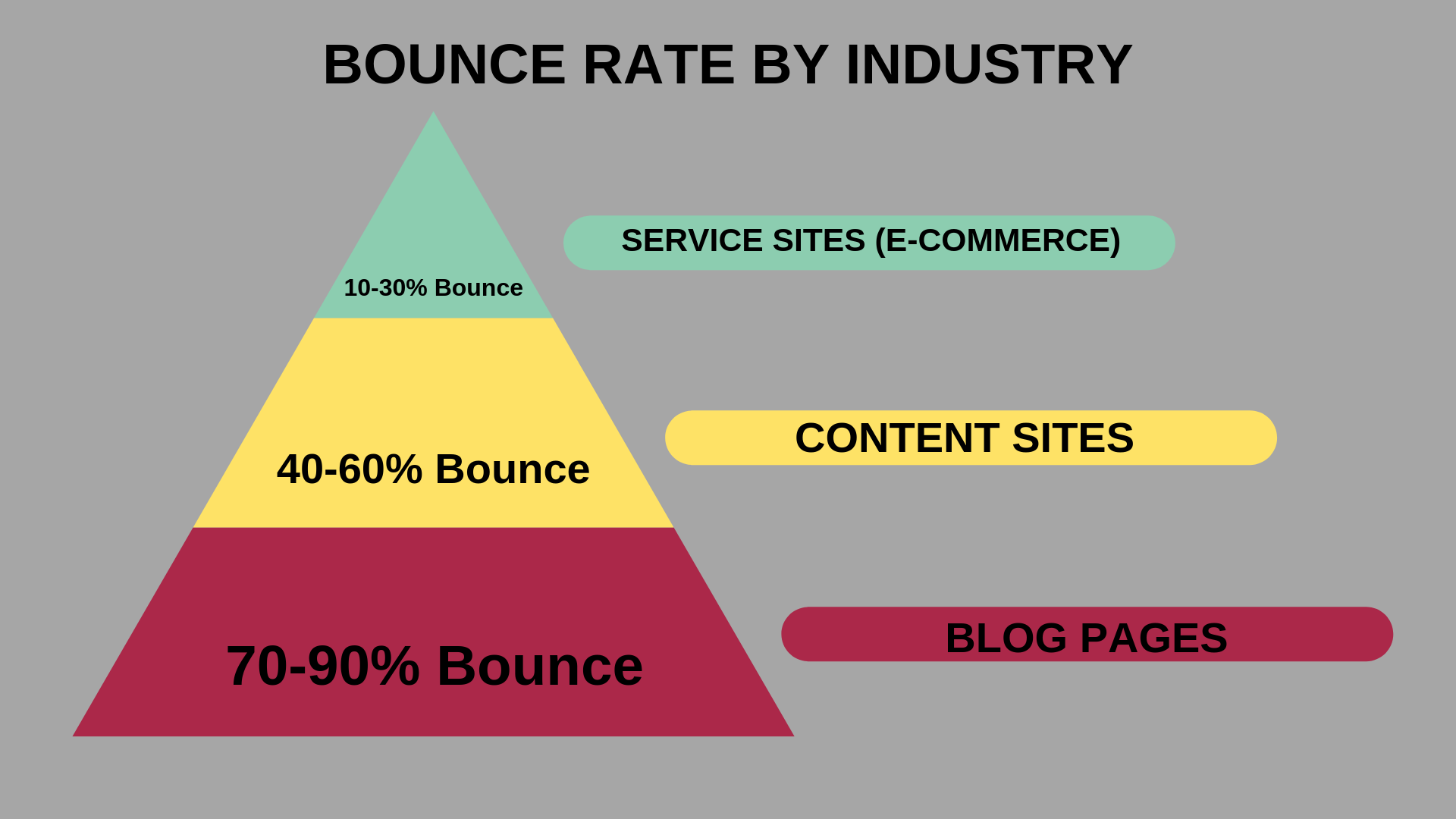

They all include the bounce rate metric.įor example, if you click on “ Behavior,” “ Site Content,” and “ All Pages,” the report displays a “Bounce Rate” column. To check your bounce rate in Universal Analytics, go to any report with a data table (Acquisition, Behavior, or Conversion tabs). You can easily check a page’s bounce rate using Google Analytics. Page bounce rate = single-page visit / total visitįor example, if 100 users land on your site (total visits) and 10 of them leave without performing any other action (single-page visit), your page’s bounce rate is 10%.
#Bouncer meaning how to
How To Find Your Bounce RatesĪ page’s bounce rate is calculated by dividing the number of single-page visits by the number of total visits on the site. If they don’t, it could indicate that your page has issues with content, layout, copywriting, or user experience. You want your visitors to land on your page and do something. Keep this distinction in mind because Google will stop using Universal Analytics on July 1, 2024.īounce rate is a way to measure user engagement. Here’s what bounce rate looks like in a GA4 dashboard: So, if a visitor lands on your page, reviews your content for more than 10 seconds, and then leaves, the session does not count as a bounce.Įven if they didn’t perform any other action. “The percentage of sessions that were not engaged sessions.”Īn engaged session is a visit that lasts 10 seconds or longer, has one or more conversion events, or has two or more page views. Here’s what the bounce rate metric looks like in a UA dashboard:

So, if a visitor lands on your page, reviews your content for several minutes, and then leaves, the session counts as a bounce. “The percentage of single page sessions in which there was no interaction with the page.” Universal Analytics defines bounce rate as: They both measure bounce rate differently. Google Analytics currently has two data collection technologies: Universal Analytics and GA4. And then they close their browser seconds later. And after reading that second article, they close their browser.īut, because the visitor left your site on the second article, it will increase that page’s exit rate.īounce rate, on the other hand, is the percentage of people who land on a page and leave that same page.įor example, a visitor lands on an article on your blog. Then, they click on an internal link and land on another article. Exit RateĮxit rate is the percentage of people who leave a particular page after visiting any number of pages on a website.įor example, say a visitor lands on an article on your blog. Plus, a lower bounce rate usually indicates that your content is engaging or useful.Īnd Google definitely cares about that. When someone “fixes” your bounce rate, they’re usually addressing one of these issues. Why?Ī high bounce rate is often a symptom of weakness in other SEO factors like: (Although some studies have shown a correlation between bounce rate and ranking.)īut you should try your best to improve your bounce rate.

And one Google has repeatedly said does not directly influence rankings.

How do my campaign bounce rates compare to each other?.How do my webpage bounce rates compare to each other?.How does my website bounce rate compare to industry benchmarks?.To sum up, your question shouldn’t be: What is a good bounce rate? Here are some average bounce rates by traffic source, according to CXL: Your bounce rate can also vary dramatically by traffic source (where your visitors come from). This means that a high bounce rate is generally above 45% in ecommerce, but above 90% on blogs. Here are some average bounce rates for different types of websites and webpages, according to Custom Media Labs: Basically, you want to get your bounce rate as low as possible but look to your competitors for what’s realistic. Let’s learn more about bounce rates and how to improve them: What Is a Good Bounce Rate?Ī good bounce rate is dependent on the type of website-under 20% is generally good in ecommerce, but under 65% is good on blogs, for example. While some bounces are unavoidable, a high bounce rate may indicate that your content is unsatisfactory or poorly optimized. You may find issues such as slow load times, navigation issues, or irrelevant content that are impacting your bounce rate.īounce rate is the percentage of website visits that don’t involve desired user behaviors, such as link clicks, form submissions, or purchases. High bounce rates can indicate that a website's content or design is not engaging or relevant to visitors.Īnalyzing the bounce rate on your pages can give you paths to improvement. We define what bounce rate is and why it matters for SEO.


 0 kommentar(er)
0 kommentar(er)
